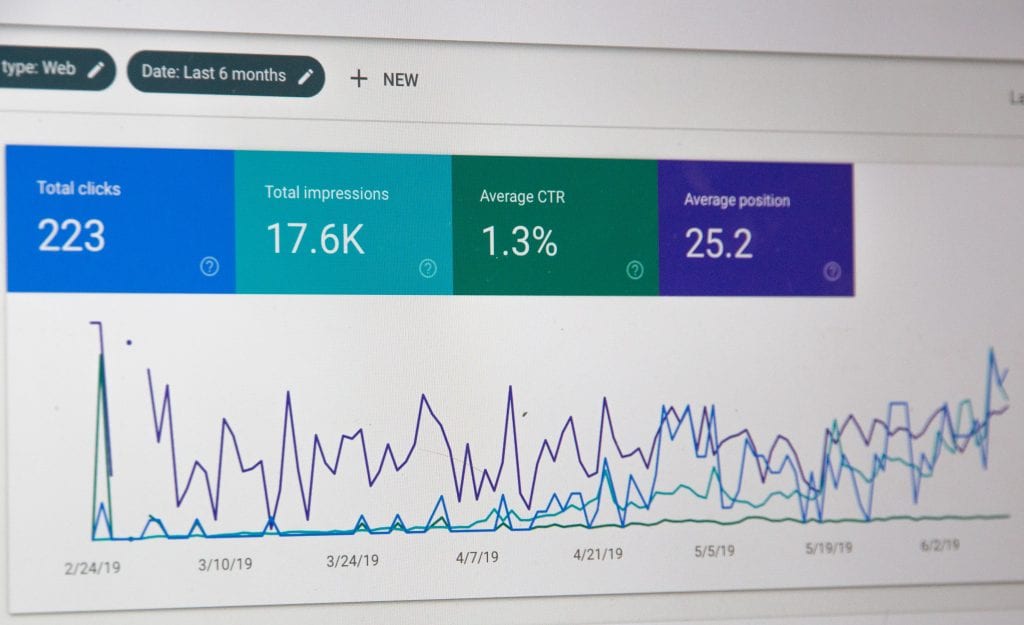Location marketing is a series of measures to optimize the presence of a business in organic search, on maps, directories, and other sites working with local search. With proper organization, location marketing allows you to get new customers from the search, which, perhaps, are now making a purchase from your competitor.
What is location marketing?
Marketing of any company can be divided into four main areas:
- brand marketing (technology, processes, service, social mission, etc.);
- marketing of goods/services (what we sell and why it is something cooler than competitor’s products);
- employee marketing (who produce what you buy);
- location marketing (where you can buy it and why you should go there).
Unlike advertising, in which the result can be easily digitized and calculated from the moment the user first contacts the brand/product, location marketing ROI is not so easy to analyze.
Yes, there are tools that help analyze online searches and purchases in physical stores (ROPO – research online purchase offline). Yes, in some countries, map services (the same Google maps) have already done internal analytics of visiting a point of sale after searching for it on a map.
Our location marketing is only beginning to gain popularity and some large brands with a large number of branches/outlets or representative offices are actively developing it, although this direction can become a significant source of new customers, and, in addition, strengthen the brand and product/service marketing.
Location marketing in times of crisis: what to do first
- Post and regularly update business information in Google My Business, using all the fields and additional features (this improves the rating well).
- Post and regularly update business information at the maximum number of sites.
- Work with reviews (use the auto-answer function, depending on the rating, to increase the response speed and reputation on the site).
- Respond promptly to comments.
- Run local ads.
- Regularly look at and analyze statistics to discover new behavioral patterns.
Picture Credit: Unsplash












